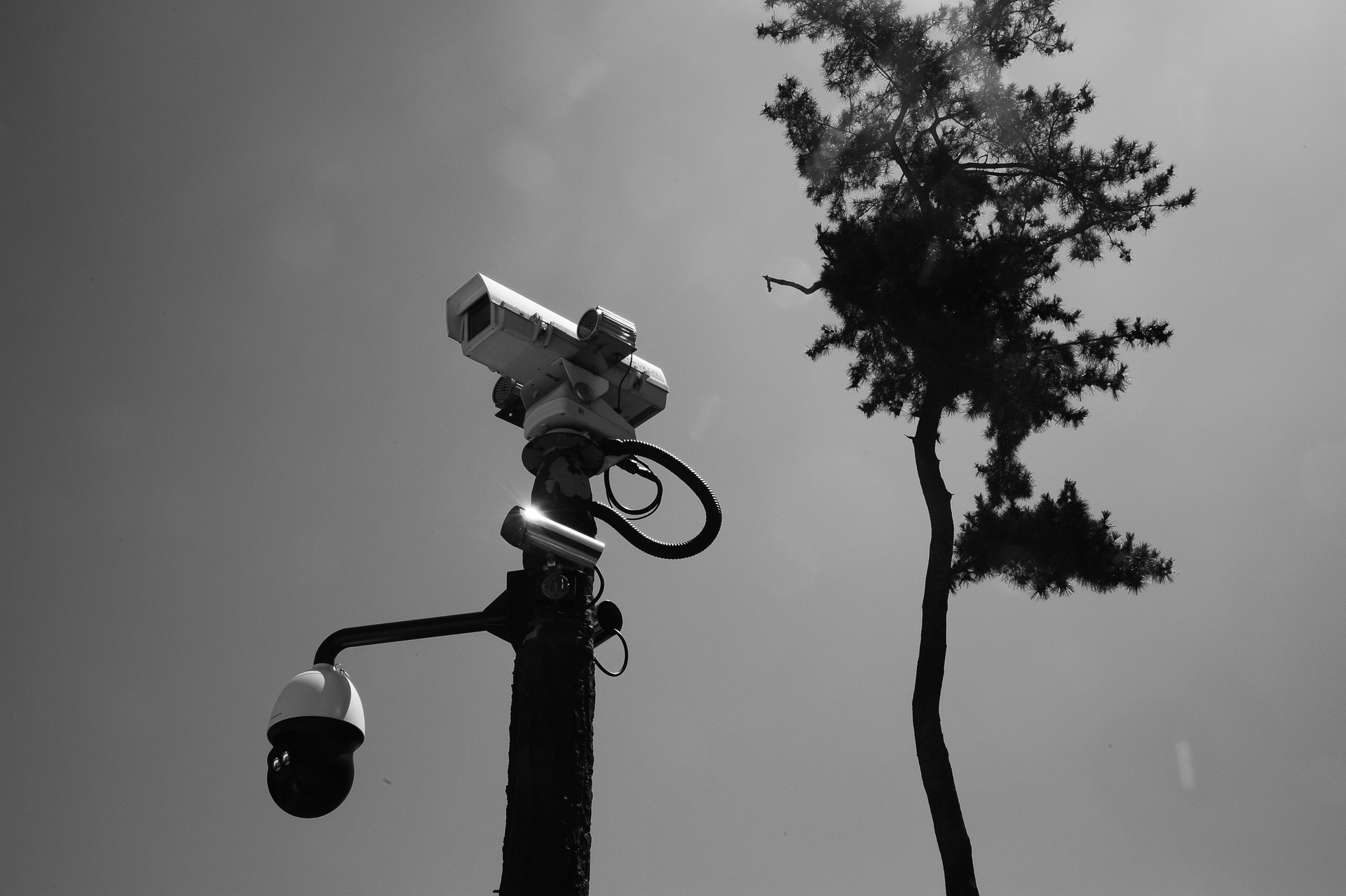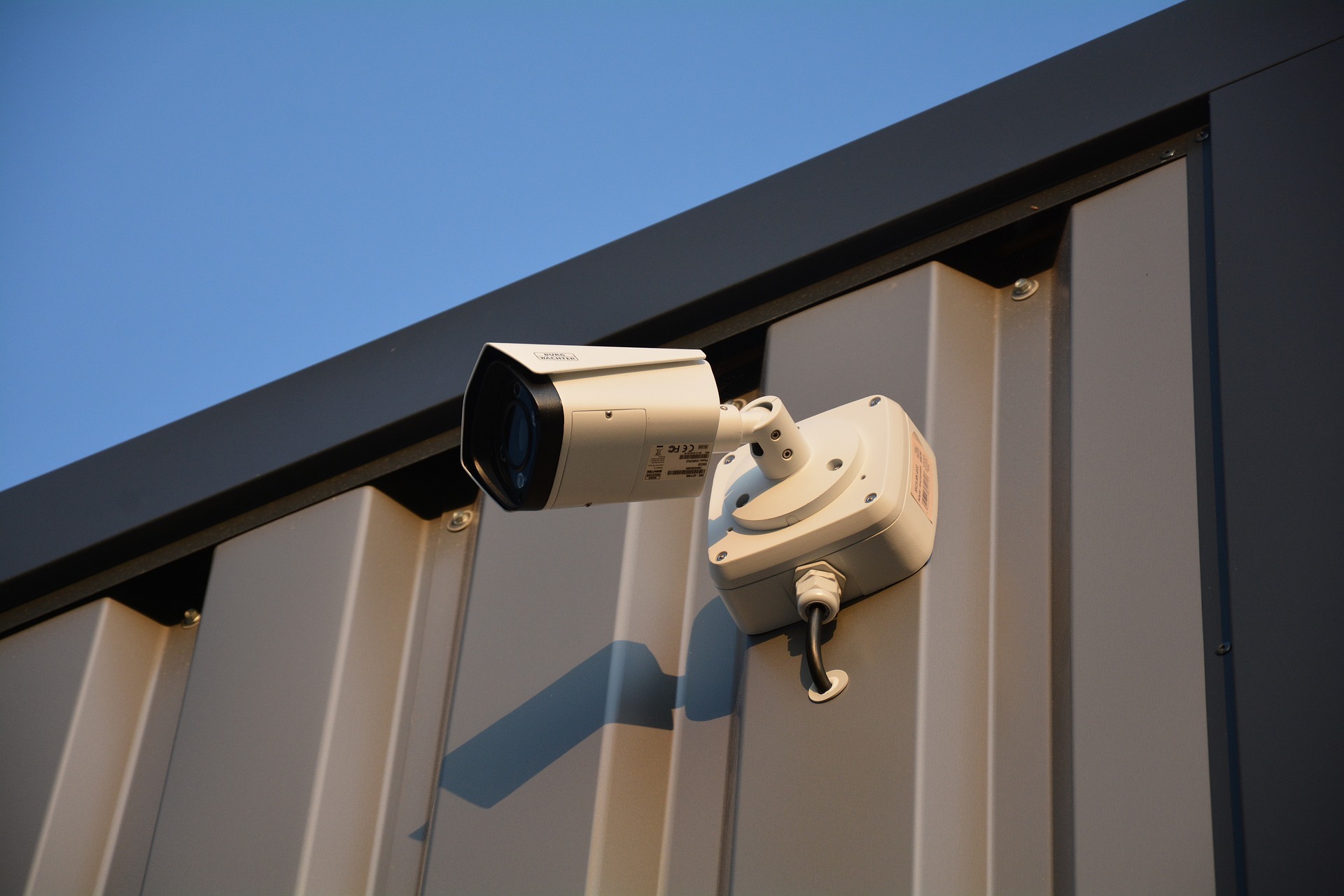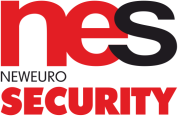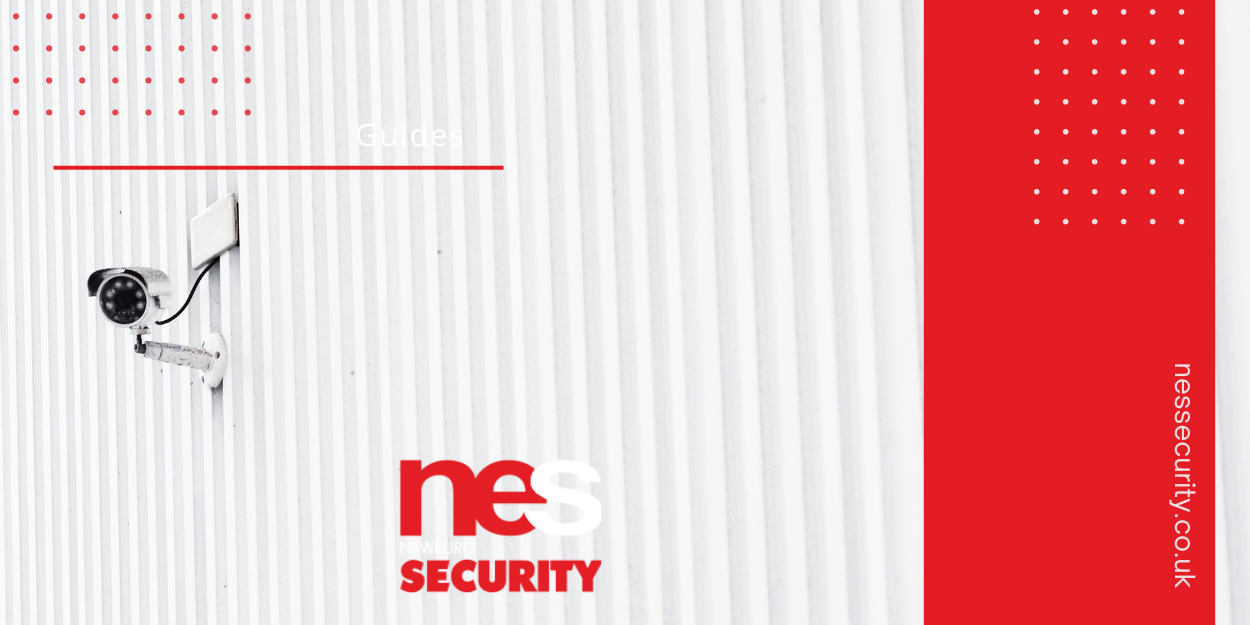Can CCTV be used in a disciplinary context? This is a question that has been asked by many employers in recent years. With the rise of CCTV in the workplace, it’s important to explore the benefits and drawbacks of using CCTV for disciplinary purposes, as well as legal considerations and alternatives to CCTV. In this article, we’ll dive into these topics and provide real-world examples of CCTV use in disciplinary situations, trends and predictions for the future of workplace surveillance, FAQs, and final thoughts on balancing employee privacy and security concerns with disciplinary needs.
The Rise of CCTV in the Workplace
CCTV monitoring has become more prevalent in recent years due to its many benefits for employers. It can be used for a range of purposes, including security reasons, crime prevention, and disciplinary investigations. In addition, it provides video footage that can be used as evidence of misconduct or security incidents. As a result, CCTV has become an important tool for employers to protect their businesses and employees.
The Benefits of Using CCTV for Disciplinary Purposes
CCTV can be beneficial in disciplinary proceedings, as it provides clear video footage of employee activity. This can be particularly useful in cases of unauthorised breaks or breaches of security. It can also help to deter employees from engaging in criminal activity or other misconduct. In addition, CCTV footage can be used as evidence in legal proceedings or employee investigations.
The Potential Drawbacks and Concerns Surrounding CCTV Use
While CCTV can be useful for disciplinary purposes, it also raises concerns about employee privacy and the impact on the employment relationship. Employees may feel that their expectations of privacy are being violated if they are being constantly monitored. In addition, visible cameras can create a negative work environment and impact employee morale. Furthermore, if CCTV is used inappropriately, it may lead to legal issues or bad publicity for the company.

Legal Considerations When Implementing CCTV for Discipline
Employers need to be aware of the legal requirements when implementing CCTV for disciplinary purposes. The use of CCTV must be based on a lawful basis and a legitimate purpose, such as for security reasons or to prevent crime. Employers must also consider the reasonable expectations of privacy of their employees and conduct a data protection impact assessment. In addition, employers must ensure that the use of CCTV is compatible with their protection policy and employment law.
Alternatives to CCTV for Managing Employee Behavior
Employers can use alternative methods to manage employee behaviour, such as fob access records, time of collection, or subject access requests. These methods are less intrusive than CCTV and may be more appropriate in some circumstances. Employers can also focus on improving their employment opportunity plan and creating a positive work environment to reduce the need for disciplinary action.
Best Practices for Using CCTV in a Disciplinary Context
Employers should follow best practices when using CCTV in a disciplinary context. This includes providing clear notice to employees that CCTV is being used, limiting the use of CCTV to justifiable reasons, ensuring that CCTV is only used for a limited period, and providing human supervision of the CCTV footage. Employers should also provide legal advice to employees who request it and ensure that they have avenues for redress if they feel their rights have been violated.
Balancing Employee Privacy and Security Concerns with Disciplinary Needs
It’s important to balance employee privacy and security concerns with disciplinary needs. Employers must ensure that the use of CCTV is necessary and proportionate to the identified purposes. Employers should also ensure that CCTV monitoring is conducted in a way that minimises the adverse impact on employees and their privacy. Employers must also ensure that they comply with data protection and employment law.
Case Studies: Real-World Examples of CCTV Use in Disciplinary Situations
To better understand the practical applications of CCTV in disciplinary proceedings, let’s take a look at some real-world examples:
In a case from 2018, an employee of a company in Harold’s Cross, Dublin, was caught on CCTV taking unauthorised breaks and engaging in other forms of misconduct. The employer was able to use the video footage as evidence in the disciplinary process, which ultimately led to the employee’s dismissal. The Circuit Court later upheld the dismissal as lawful, citing the company’s legitimate reasons for using CCTV for security purposes and the employee’s reasonable expectation of privacy in the context of employment.
In a similar case from Spain, the López Ribalda v. Spain decision, the European Court of Human Rights ruled that a Spanish supermarket was justified in using CCTV monitoring to prevent theft by employees. The court found that the use of CCTV was proportionate and necessary for the protection of property rights and that the employees had been made aware of the surveillance.
These cases illustrate the potential benefits and challenges of using CCTV in disciplinary proceedings and highlight the importance of following proper legal procedures and respecting employee privacy rights.

The Future of Workplace Surveillance: Trends and Predictions
As technology continues to evolve, the use of workplace surveillance is likely to become even more common. Here are some trends and predictions for the future of CCTV in the workplace:
- Increased use of AI and data analytics: With the advent of artificial intelligence and machine learning, CCTV systems are becoming more sophisticated and capable of analysing video footage in real-time. This technology could be used to detect patterns of behaviour that indicate potential security risks or employee misconduct.
- Wearable surveillance devices: In addition to CCTV cameras, wearable devices such as smartwatches and body cameras could become more prevalent in the workplace. These devices could be used to monitor employee activity and provide additional security measures.
- Privacy concerns: As workplace surveillance becomes more widespread, there is likely to be increased concern about employee privacy rights. Employers will need to carefully consider the legal and ethical implications of surveillance, and take steps to ensure that their employees’ rights are protected.
- Integration with other technologies: CCTV systems may be integrated with other workplace technologies, such as access control systems and employee monitoring software. This could enable more comprehensive tracking and analysis of employee activity.
- Remote monitoring: With the rise of remote work, employers may increasingly rely on CCTV systems to monitor employees who are working from home or other remote locations. This could raise new challenges around privacy and data protection.
FAQs
Is it legal to use CCTV for disciplinary purposes?
Yes, as long as the use of CCTV is proportionate and lawful. Employers must follow the basic data protection principles and conduct a protection impact assessment before implementing CCTV in the workplace.
Can CCTV footage be used as evidence in a disciplinary process?
Yes, CCTV footage can be used as evidence in a disciplinary process, but only if it is collected and used lawfully and in compliance with data protection laws.
What are some alternatives to CCTV for managing employee behaviour?
Alternatives to CCTV include employee training and education, regular performance reviews, and the use of access control systems and employee monitoring software.
How can employers balance employee privacy and security concerns with disciplinary needs?
Employers can balance these concerns by implementing clear policies and procedures around the use of CCTV, conducting regular privacy impact assessments, and consulting with employees and legal advisors.
Final Thoughts
CCTV can play a vital role in enhancing safety and security in school environments. It provides a deterrent against potential criminal activity, promotes responsible behaviour among students and staff, and helps to quickly identify and resolve disciplinary issues. However, its use must be balanced with privacy considerations and legal requirements. When implemented correctly, with clear policies and procedures, CCTV can be an effective tool in creating a safe and secure learning environment for students and a safe and healthy working environment for staff. It is important to regularly review and evaluate the use of CCTV to ensure its effectiveness and compliance with legal requirements. Ultimately, the decision to implement CCTV in schools should be made with the input and support of all stakeholders, including parents, students, and staff, to ensure that it is used in a way that respects the privacy and rights of all involved.


